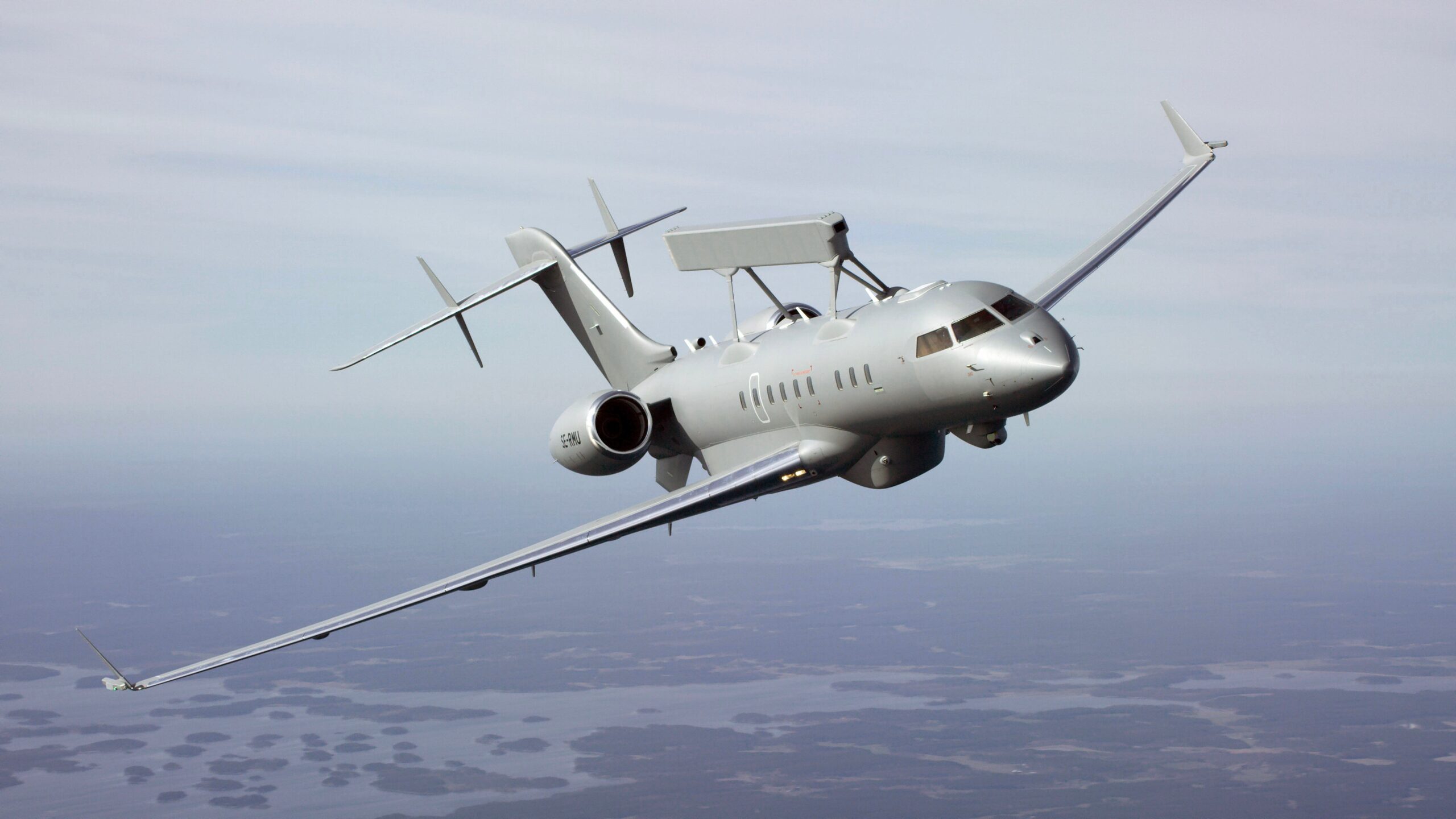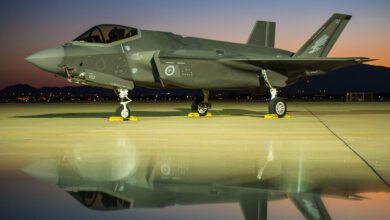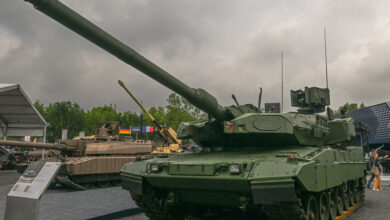Saab Boosts Bid for South Korea’s AEW&C Aircraft With New Partnership
Saab has entered into a cooperative agreement with Korea Aerospace Industries (KAI) to strengthen its bid for South Korea’s new Airborne Early Warning and Control (AEW&C) aircraft.
The Swedish firm is competing to supply Seoul with a state-of-the-art AEW&C platform, proposing its multi-domain GlobalEye aircraft.
Signed during a recent defense expo in South Korea, the agreement ensures that Saab will collaborate with a local firm if it wins the AEW&C competition.
This means that KAI will acquire the know-how in transforming the Global 6500 business jet into a GlobalEye AEW&C special mission aircraft.
The Korean firm will also learn to carry out airframe and aerodynamics modifications, system installation, and testing and integration.
“This arrangement will include technology transfer to build-up knowledge and capability not only for the modification of GlobalEye but also for potential follow-on AEW&C needs in Korea,” Saab stated.
“KAI will therefore be self-sufficient in carrying out future modifications, maintenance, and repair of GlobalEye.”
South Korea’s AEW&C Competition
In November 2023, South Korea’s Defense Acquisition Program Administration (DAPA) issued a request for proposals for a new AEW&C solution to enhance the nation’s air defense capabilities.
The Republic of Korea Air Force reportedly plans to spend up to $2.26 billion on four AEW&C aircraft.
In addition to Saab, Boeing is competing with its famed E-7 Wedgetail, which promises to provide “unparalleled abilities” to scan the skies and communicate with ground, surface, and air assets.
L3Harris Technologies is also vying for the program, pitching its Phoenix solution also based on the Global 6500 and integrating Elta’s radars and artificial intelligence algorithms.
Like Saab, L3Harris has secured partnerships with Korean firms, including Korean Air, LIG Nex1, and Ace Antenna, to boost its bid.
About the GlobalEye
The GlobalEye is equipped with the Erieye S-band active electronically scanned array multi-mode radar, enabling continuous air, sea, and ground surveillance from long distances.
It features a spacious cabin that can accommodate up to seven command-and-control workstations, each with a 30-inch high-resolution display for improved interface.
The aircraft can operate for 11 hours straight at a maximum altitude of 35,000 feet (10,668 meters).
“GlobalEye offers higher availability, better sortie rate, longer missions, lower costs, and superior performance than any current platform,” Saab stated.












